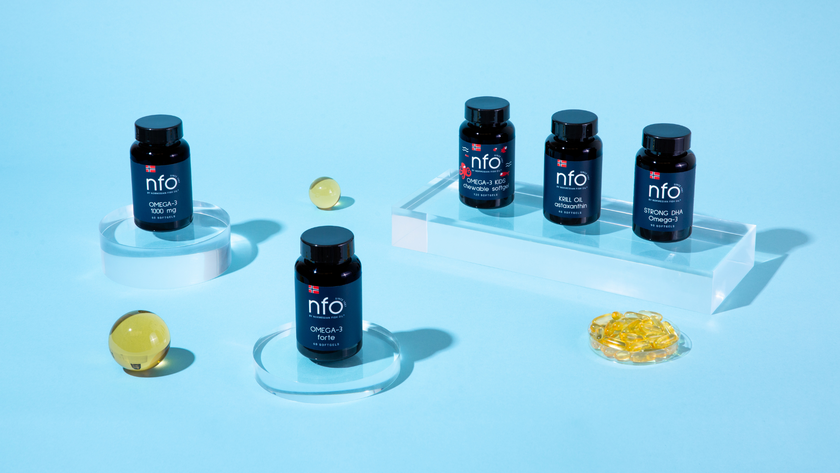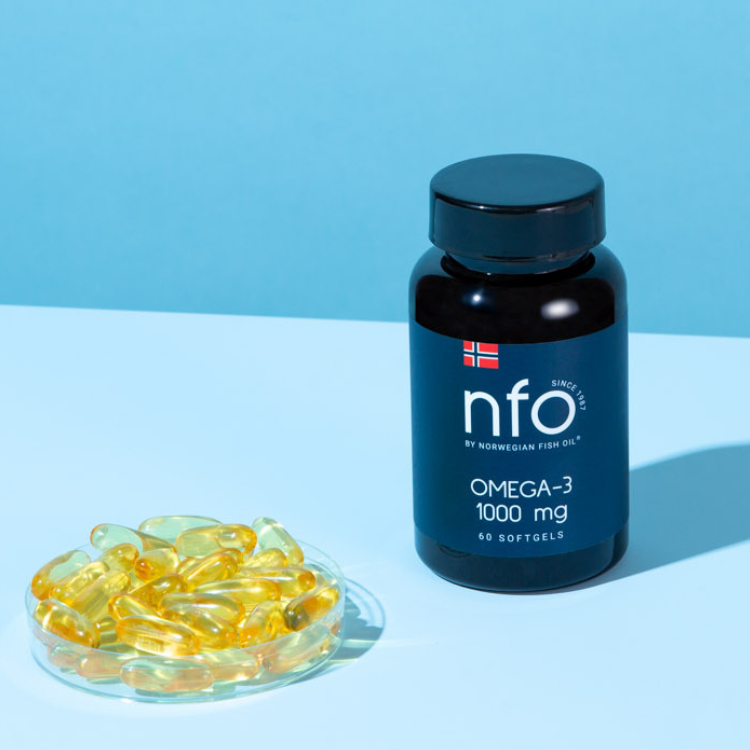Understanding the difference between manganese and magnesium is crucial, as both are essential minerals but serve distinct roles in human health. Despite their similar names, their functions, benefits, and sources vary significantly. This article explores these two minerals, their importance, and how they contribute to overall well-being.
What is Manganese?
Manganese is a trace mineral vital for bone formation, metabolism, and antioxidant functions. Although the body needs it in small amounts, its role is indispensable. Found in foods like nuts, seeds, whole grains, and leafy vegetables, manganese is primarily stored in bones, liver, and kidneys.
According to the Office of Dietary Supplements (NIH), manganese supports enzymatic reactions and is crucial for the metabolism of carbohydrates, amino acids, and cholesterol. It also helps combat oxidative stress by contributing to the production of superoxide dismutase (SOD), a powerful antioxidant enzyme.
What is Magnesium?
Magnesium, a macro-mineral, is required in larger amounts than manganese. It plays a role in over 300 enzymatic reactions, including energy production, muscle contraction, and nerve function. Sources of magnesium include nuts, seeds, whole grains, dark chocolate, and leafy greens.
The Office of Dietary Supplements (NIH) highlights magnesium’s importance in maintaining normal blood pressure, bone health, and heart rhythm. Magnesium deficiency can lead to symptoms such as muscle cramps, fatigue, and irregular heartbeat.
Key Differences Between Manganese and Magnesium
| Feature | Manganese | Magnesium |
|---|---|---|
| Daily Requirement | Trace amounts (1.8–2.3 mg for adults) | Higher amounts (310–400 mg for adults) |
| Role | Bone development, enzymatic functions | Energy production, nerve and muscle function |
| Deficiency Symptoms | Rare; impaired growth, skeletal abnormalities | Muscle cramps, fatigue, irregular heartbeat |
| Sources | Nuts, seeds, leafy greens | Whole grains, nuts, dark chocolate |
Health Benefits
Manganese
- Supports bone health and development (PubMed)
- Promotes wound healing and metabolic health (PubMed)
- Acts as an antioxidant through SOD production (PubMed)
Magnesium
Risks of Excess Intake
Manganese
Excessive manganese intake, often due to contaminated water or industrial exposure, can lead to neurological issues, including manganese toxicity (PubMed).
Magnesium
High magnesium levels from supplements or medications can result in diarrhea, nausea, and in severe cases, magnesium toxicity (PubMed).
Conclusion
Manganese and magnesium are essential for human health, but they serve distinct roles and are required in different amounts. Manganese supports enzymatic processes and antioxidant functions, while magnesium is crucial for energy production and muscle function. Understanding their differences ensures adequate intake through diet and supplements, contributing to overall health and well-being.









